How Smart Home Technology Will Change Lives in Everyday Living
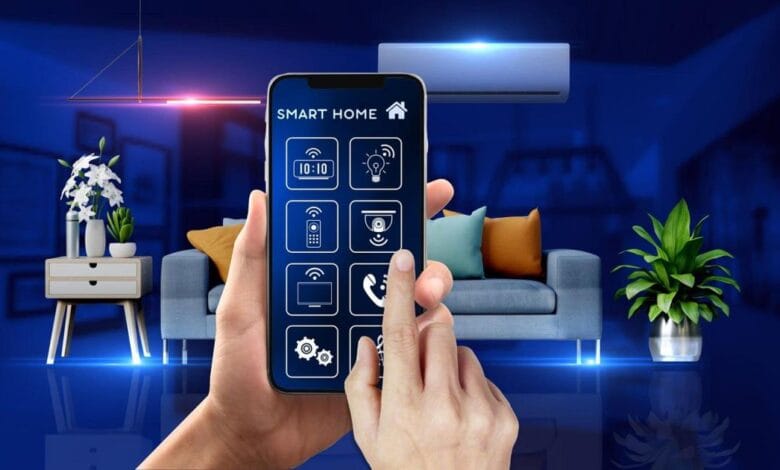
These days, your lights can follow your mood, your thermostat can detect when you’re coming home, and your coffee maker can communicate with your alarm clock. Although it may sound futuristic, smart home technology is rapidly, silently, and smoothly creating this everyday reality. It’s changing our way of life, how we feel in our homes, and how we engage with the outside world—it’s not just about convenience.
Smart home technology will transform people’s daily lives; it’s more than just a fad. The effects are profound and wide-ranging, ranging from time savings to home safety, from energy efficiency to personalized comfort. The contemporary smart home has evolved from a concept to a reality that is already enhancing people’s lives everywhere.
Types of Smart Home Technologies and Their Impact
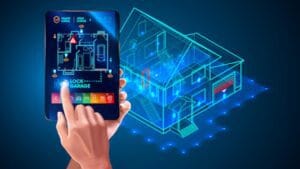
Each of the various categories of smart home devices focuses on a particular aspect of daily life at home. Each one offers significant benefits, from regulating the temperature to protecting your property.
| Smart Tech Category | Examples | Impact on Daily Life |
| Smart Lighting | Smart bulbs, motion sensors | Saves energy, customizes mood and ambience |
| Smart Thermostats | Nest, Ecobee | Learns your routine, cuts heating/cooling costs |
| Smart Security Systems | Cameras, smart locks, doorbells | Boosts safety, offers remote monitoring |
| Voice Assistants | Alexa, Google Assistant | Hands-free control of devices and scheduling |
| Smart Appliances | Refrigerators, washing machines | Automated and remote operation, energy efficiency |
In addition to automating tasks, these technologies provide flexibility, lessen mental strain, and enhance your home’s general sense of security and control.
How Smart Homes Are Becoming Part of Everyday Life
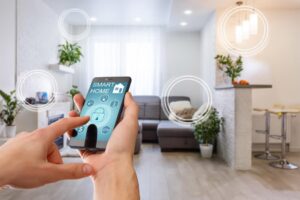
The silent integration of smart home technology is one of its most potent features. These systems are made for regular people to use for everyday tasks; you don’t need to know how to code or engineer to use them. Imagine waking up without doing anything, to the sound of your favorite news station playing in the background, your coffee brewing, your blinds slowly opening, and soft lighting. That is no longer considered a luxury. In many homes with smart capabilities, that is the norm.
Smart home technology is transforming how people arrange their lives, going beyond comfort. Smart scheduling systems are essential for reminding busy parents. Smart sensors are used by the elderly to track their medications and receive fall alerts. Smart dispensers are now used to feed pets as well. Not all of these changes are high-tech gimmicks. They are subtly but significantly altering everyday experiences.
Smart Technology and Energy Efficiency
Environmental awareness is now a top priority rather than an elective issue. Smart home technology is essential for cutting energy consumption without compromising comfort. Smart lighting systems, plugs, and thermostats are examples of devices that automatically adjust to your lifestyle and optimize energy flow over time.
| Device/Function | How It Saves Energy | Typical Benefits |
| Smart Thermostat | Adjusts temperature based on occupancy and habits | Lowers heating/cooling bills up to 20% |
| Smart Lighting | Auto-dimming, motion detection, and daylight syncing | Reduces electricity waste significantly |
| Smart Plugs | Cuts power to unused devices automatically | Prevents phantom power drain |
| Solar Panel Integration | Monitors and redirects solar energy usage efficiently | Maximizes clean energy, reduces reliance on the grid |
| Energy Monitoring Systems | Gives insight into real-time usage by device | Helps users make better consumption decisions |
In addition to saving money, this technology enables people to live more responsibly with less work.
Improving Home Safety and Security
Personal safety is one of the most useful and comforting applications of smart home technology. cameras that let you check who’s at the door using your phone. doorbells that log each and every guest. smart locks that only let certain individuals in at certain times. These tools completely alter your sense of security, regardless of whether you’re a parent, traveler, or single person.
These days, a lot of systems incorporate mobile notifications, license plate reading, and facial recognition. Your house tells you whether someone left the lights on or whether the garage is open, so you don’t have to wonder anymore. Beyond merely being technologically convenient, this is a whole new level of peace of mind.
Smart Homes for Aging and Independent Living
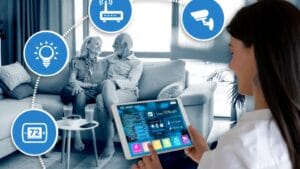
Elder care is one area of smart home use that is expanding quickly. Smart homes are becoming a component of the solution for independent living as the population ages. Older adults can live independently for longer and with fewer risks thanks to wearable fall detectors, voice-activated lights and appliances, and sensors that detect movement—or lack thereof.
Reminders can be sent by smart pillboxes when it’s time to take your prescription. Voice commands can initiate emergency response. Additionally, family members can receive real-time updates via connected apps. Families and elderly people are able to preserve their independence with dignity and safety thanks to this technology.
How Smart Home Technology is Changing Work-from-Home Life
The number of people working remotely has increased since the pandemic, and smart homes are helping to facilitate this trend. Noise-canceling smart speakers, climate control that learns your work schedule, and smart lighting that adapts to lessen eye strain all help to increase comfort and productivity.
Your workspace can be set up to enter “focus mode” every morning. While you’re on the phone, your smart assistant can handle your calendar. Even intelligent coffee makers have a part to play. These improvements are transforming homes into productive, encouraging hybrid spaces where people can live and work.
The Future of Smart Living: What’s Coming Next?
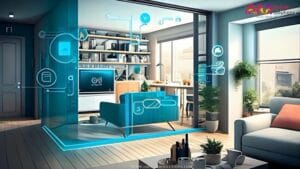
What comes next? More customization still. Smart homes are developing to comprehend your emotions as well as your actions. AI-powered systems will change the music or lighting based on the stress in your voice. Future sensors might automatically adjust ventilation based on air quality measurements. Additionally, homes will start communicating with one another through resource management, safety alerts, and shared energy grids.
Science fiction is no longer relevant here. Future homes will be more than just smart thanks to the rapid advancements in AI and IoT (Internet of Things); they will also be perceptive, flexible, and sympathetic.
Final Thoughts
Gadgets are not the main focus of smart home technology. People are the focus. It’s about using unseen systems that operate in the background to make life simpler, safer, and more fulfilling. Smart technology is not only transforming homes, but also how we live in them, from assisting the elderly in maintaining their independence to cutting down on energy waste and enhancing daily routines.
Therefore, we are discussing a revolution when we discuss how smart home technology will transform people’s daily lives. Yes, quiet, but strong. It’s already here, expanding device by device and room by room. And it’s obvious that smarter homes are paving the way for smarter living as they become more accessible and reasonably priced.
Q&A Section: Frequently Asked Questions
Q1: What precisely makes a house a smart home?
A smart home is made up of systems or gadgets that are networked together and enable automated or remote control of a number of home features, including appliances, lighting, climate, and security.
Q2: Can hackers compromise smart home technology?
A: Encrypted security protocols are present in the majority of trustworthy smart devices. To remain safe, users should secure their Wi-Fi networks, use strong passwords, and update firmware on a regular basis.
Q3: Can long-term cost savings be achieved with smart homes?
A: In agreement. Over time, smart home systems lower electricity and utility bills by reducing energy waste through automation and optimization.
Q4: What would happen if my internet stopped working?
A few smart devices still function offline or on local networks. However, without internet access, features like app integration or remote control might be momentarily disabled.
Q5: Is smart home technology limited to newly constructed homes?
A: Absolutely not. Even older homes can be upgraded without undergoing significant renovations because the majority of devices are plug-and-play or retrofit-friendly.
Q6: How challenging is it to install smart devices?
A lot of smart devices are made to be easily assembled by do-it-yourselfers; all you need is an app and Wi-Fi. Professional installation may be required for more complicated systems.
Q7: Do eco-friendly smart homes exist?
A: In agreement. Through automated efficiency, smart technology promotes sustainable living, lowers carbon footprints, and uses less energy.




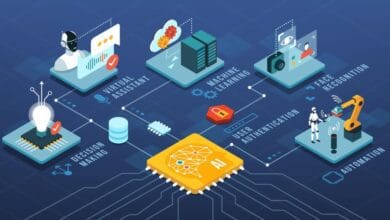
2 Comments